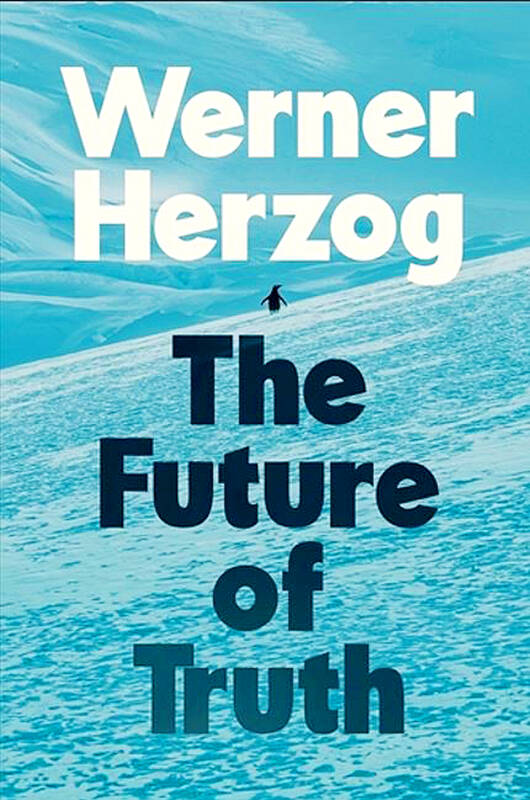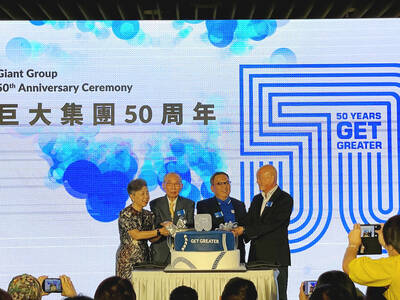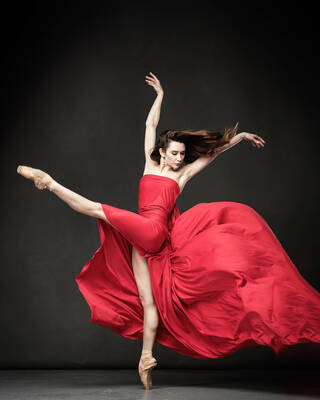At 83, Werner Herzog is a living legend who can and does do precisely what he wants. Like the strange, enchanting films for which he is best known, Herzog’s seventh book defies the usual conventions of structure, narrative arc and the delineation of fact from fiction, even as it addresses the very subject of truth.
This slim volume sets out Herzog’s views on truth in a world where technologically enhanced falsehoods proliferate. These appear to be an elaboration of Herzog’s Minnesota Declaration, the 12 statements he made in 1999 at the Walker Art Center in Minneapolis. Much like the declaration, The Future of Truth contains strong, gnomic opinions which include despising cinema verite because it obscures more than it illuminates, as well as a plethora of surprising sentences such as “rather die than wear a toupee.”
Two principles are central to Herzog’s idea of truth. First is the notion that seeking truth is a greater goal than finding it. As he puts it, “the quest itself, bringing us nearer to the unrevealed truth, allows us to participate in something inherently unattainable, which is truth.” The second is that bare facts can provide little more than a boring “accountant’s truth” that is less useful than what he calls “ecstatic truth” in helping people understand what’s really going on in life.

It’s like listening to a fireside monologue from an entertaining uncle. The weirdest and most compelling tale, among some stiff competition, is the story of the Palermo pig. Once upon a time, according to Herzog, a pig got stuck down a straight-sided sewage pipe in Palermo, Sicily. It remained wedged in there for years, surviving on scraps of food thrown down to it. Eventually the pig took on the shape of its container. It became a kind of translucent block, “ghostly pale … wobbly as a great hunk of Jello,” taking in nourishment from above, ejecting waste below.
Herzog uses this story as an allegory, linking the Palermo pig to the perils of long-distance space exploration. Should humankind embark on a voyage to our nearest habitable planet, it would take centuries. During this time Herzog envisages the intrepid travelers would be forced to inbreed, becoming “mutants” with no comprehension of the purpose of their mission. Eventually the astronauts would morph into pale, maggot-like beings rather like the Palermo pig, capable of little more than eating and shitting.
This morbidly fascinating and unintentionally hilarious handbrake turn from Sicilian sewers to space mutants offers a lesson in Herzog’s concept of ecstatic truth. Because, as I discovered to my dismay after spending quite some time trying to track down any record of this intriguing and biologically implausible cuboid swine, the Palermo pig appears to be apocryphal. I had been pursuing the miserly “accountant’s truth,” a reality grounded in mere facts. What did it matter whether an incarcerated Sicilian farm animal actually turned into a quivering square jelly? The real point of Herzog’s story suddenly hit home: penning animals into small spaces for long periods is unwise and creates monsters.
If anyone else had written The Future of Truth, I suspect they would come under critical fire for odd choices in structure, rambling, contradictory statements, and, to put it bluntly, taking the piss out of the reader. After all, Herzog devotes five whole pages to the histrionic plot of an opera just to demonstrate that when art forms contain concentrated, intense emotion, we “invest this preposterous kernel with the full array of our own feeling, so that it seems mysteriously genuine.”
However, because this book is a collection of uniquely Herzogian mindfarts, it resists a panning. Michael Hofmann’s sparkling and inventive translation from the original German — a crypto-zoologist is described as “a ham sandwich short of a picnic” — somehow makes Herzog more Herzog in tone.
While much of the The Future of Truth will be familiar from his previous books, films and interviews, one relatively new element is his meditation on deepfakes. Herzog refers more than once to an AI-generated perpetual conversation between fake audio versions of himself and Slavoj Zizek online. Since his own methods of getting at ecstatic truth have included inventing quotes by famous figures and casting actors in his documentaries, there is a risk of hypocrisy. The distinction, he argues, is that an intelligent mind would be reasonably able to discern lies in older forms of media, while AI is so new and so powerful that our ability to identify them is seriously impaired.
“We have grown up with radio and photography. We need to do the same thing now with the Internet,” he said
Conveniently, Herzog rejects the notion that this is either a self-help book or a serious philosophical engagement with the concept of truth. Even so, he does offer advice: cultivate your critical faculties, walk around more and read lots of books. The book concludes with a two-sentence chapter that feels like either a prank or a Zen koan. As with the whole enterprise, I can’t quite decide if it is absurd, profound or an ecstatically truthful mix of the two.

In recent weeks the Trump Administration has been demanding that Taiwan transfer half of its chip manufacturing to the US. In an interview with NewsNation, US Secretary of Commerce Howard Lutnick said that the US would need 50 percent of domestic chip production to protect Taiwan. He stated, discussing Taiwan’s chip production: “My argument to them was, well, if you have 95 percent, how am I gonna get it to protect you? You’re going to put it on a plane? You’re going to put it on a boat?” The stench of the Trump Administration’s mafia-style notions of “protection” was strong

Oct. 6 to Oct. 12 The lavish 1935 Taiwan Expo drew dignitaries from across the globe, but one of them wasn’t a foreigner — he was a Taiwanese making a triumphant homecoming. After decades in China, Hsieh Chieh-shih (謝介石) rose to prominence in 1932 as the foreign minister for the newly-formed Japanese puppet state of Manchukuo in today’s Northeast China. As ambassador to Japan, he was to represent the last Qing emperor Puyi (溥儀) at the event’s Manchuria Pavillion, and Taiwan’s governor-general welcomed him with the honors of a state guest. Hsieh also had personal matters to attend to — most

Late last month US authorities used allegations of forced labor at bicycle manufacturer Giant Group (巨大集團) to block imports from the firm. CNN reported: “Giant, the world’s largest bike manufacturer, on Thursday warned of delays to shipments to the United States after American customs officials announced a surprise ban on imports over unspecified forced labor accusations.” The order to stop shipments, from the US Customs and Border Protection (CBP), came as a surprise to Giant, company officials said. Giant spokesman Ken Li (李書耕) said that the CPB never visited the company’s factories to conduct on-site investigations, nor to interview or

Despite an abundance of local dance talent, Taiwan has no renowned ballet company to call its own. But great troupes do visit — including the English National Ballet this past May. And once a year, Art Wave’s (黑潮藝術) annual Ballet Star Gala brings together some of the world’s pre-eminent principal dancers for a cornucopia of pas de deux. Organizer Wang Tzer-shing (王澤馨) said this year’s edition of the gala, to be staged today and tomorrow at the National Theater in Taipei, is exceptionally balanced between classical and modern ballet styles. Modern ballet pieces by prominent choreographers — Rudi van Dantzig, essential to